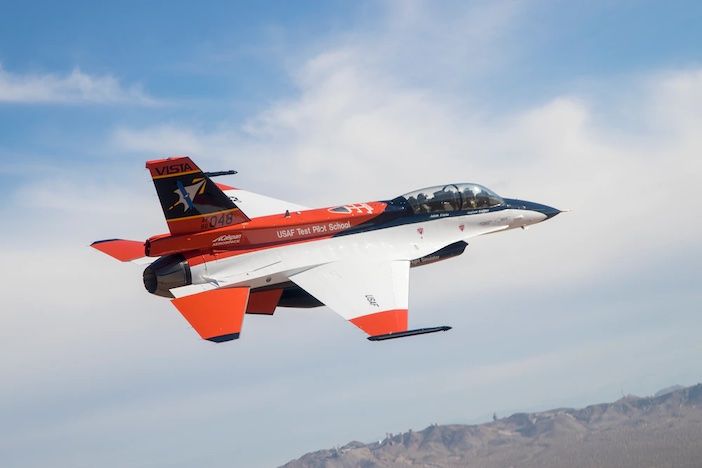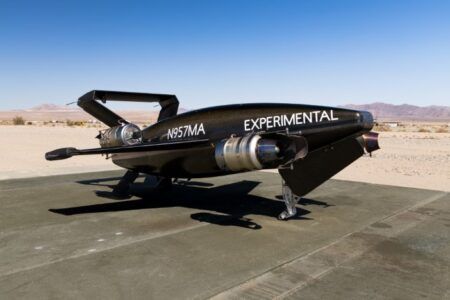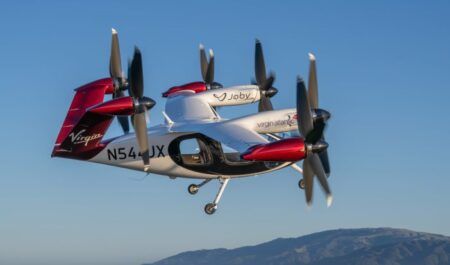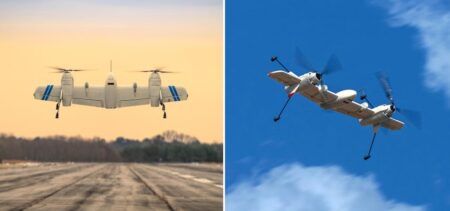The US Air Force has renamed a former F-16 test aircraft VISTA as an X-series aircraft to be used in flight trials for its manned-unmanned teaming concept Skyborg.
The NF-16D Variable In-flight Simulator Aircraft (VISTA) has been redesignated as the X-62A and is being upgraded with a new system called the System for Autonomous Control of Simulation to support autonomy testing for the US Air Force Research Laboratory’s (AFRL) Skyborg program.
Skyborg aims to enable the US Air Force to operate and sustain low-cost, unmanned “teamed aircraft” that accompany manned fighters. Other manned unmanned teaming (MUM-T) concepts in development include Boeing’s Loyal Wingman in Australia.
According to the US Air Force, the Skyborg program will prototype autonomous and unmanned technologies to support a range of missions. The drones will provide data to support rapid, informed decisions, improving situational awareness and survivability during combat missions.
The VISTA, which is operated by the Air Force Test Pilot School (TPS) with the support of Calspan and Lockheed Martin, first flew in 1992 . It has provided students the ability to experience various flying conditions including simulation of other aircrafts’ characteristics.
William Gray, VISTA and TPS chief test pilot said, “For more than two decades VISTA has been a vital asset for the USAF TPS and the embodiment of our goal to be part of the cutting edge of flight test and aerospace technology.
“It has given almost a thousand students and staff members the opportunity to practice testing aircraft with dangerously poor flying qualities, and to execute risk-reduction flight test programs for advanced technologies.”
The VISTA started life as a Block 30 F-16D. Throughout its life, it has received numerous upgrades and modifications. VISTA was originally given the N prefix to denote its status as Special Test, Permanent. The N prefix indicates aircraft on a special test program whose configuration is so drastically changed that return to its original configuration or conversion to standard operational configuration is beyond practicable or economic limits.
“We have found ways to use VISTA that were not envisioned by the original designers, so we were running into frustrating limitations,” Gray added. “The modifications will address these limitations and profoundly improve our ability to quickly and safely test an almost unlimited variety of radical control law configurations. Even so, the X-62A will continue to serve as a curriculum aircraft, and will be an even brighter symbol of our aspirations.”





